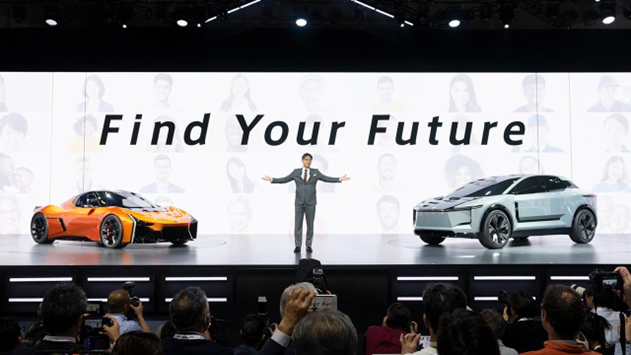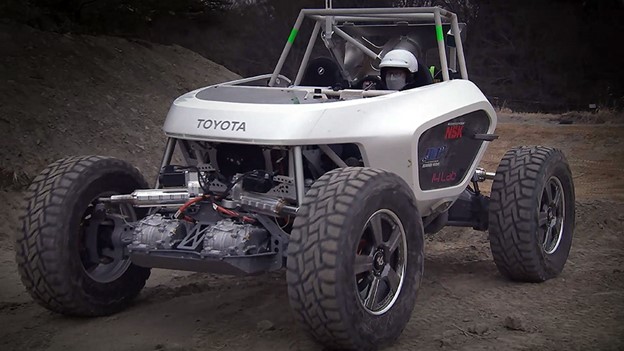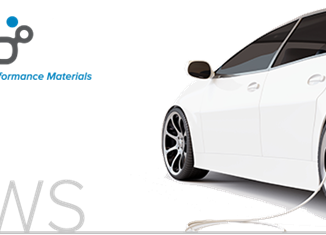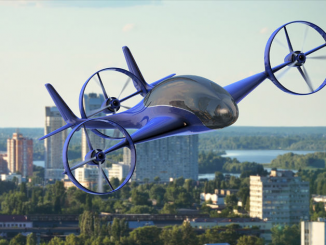
Embracing a vision of finding your future in e-mobility, Toyota’s future will no longer be in court battling Nippon Steel in three patent infringement cases over the giant automaker’s use of electrical steel for its motors. After two years of litigation, the cases were closed about the same time that Toyota proclaimed its “Find Your Future” theme at Japan Mobility Show 2023, formerly the Tokyo Motor Show, envisioning the adoption of multiple forms of electric vehicles.
The company announced on November 2 that Nippon Steel has decided to drop its lawsuits over electrical steel sheet patents against Toyota brought in 2021 and the cases have been closed. Toyota had been the target of three patent infringement lawsuits by Nippon Steel related to electrical steel sheets used in EV motors and manufactured by Baoshan Iron & Steel Co., Ltd. (Baosteel) of China.
For the next two years, the court heard arguments over the possibility of patent rights being infringed. But on November 2, according to an announcement by Toyota, Nippon Steel began waiving all claims related to the lawsuits. A waiver of claim is a termination of the litigation initiated by the plaintiff and has the same effect as a final judgment. This closes the lawsuits between Nippon Steel and Toyota regarding electrical steel sheets, declared Toyota.
Electrical steel, also known as silicon steel, is a specialty steel used in the cores of electromagnetic devices such as motors, generators and transformers because it reduces power loss. It is an iron alloy which utilizes the ferromagnetic properties of iron with silicon as the main additive element. Electrical steels are the most-used (over 90% by volume) materials among all soft magnetic materials.
Nippon Steel has been a major steel provider to Toyota over many years. Other top players in the electrical steel market are Thyssenkrupp, POSCO, JFE Steel, NLMK Group, Tata Steel, China Baowu Steel, Aperam, ArcelorMittal, Baosteel, Cleveland-Cliffs, Slovenian Steel and Voestalpine.
From the outset, Toyota argued that as a user of electrical steel sheets it should not have been made a party to the litigation. “In our dealings with various material manufacturers, our company implements on each occasion a careful process of confirming with them that there are no patent conflicts. Concerning the electromagnetic steel sheets manufactured by Baoshan Iron & Steel Co., Ltd. (Baosteel), as well, we confirmed that there was no infringement of another company’s patent before concluding a contract. We also received a written statement from Baosteel to that effect. Because Nippon Steel mentioned to us its concerns, we confirmed again with Baosteel, which, in turn, expressed its view to us that there was no patent infringement.”
Embracing a future of e-mobility with many vehicle platforms

At times criticized as being slow to move aggressively toward full-electric automobiles instead of its highly successful hybrid-electric cars, Toyota seems to be emphasizing that it is going all-in now for a multitude of future EV platforms. At the Japan Mobility Show it introduced is a foldable, three-wheeled electric personal mobility concept that can be combined with a car.

Another fresh concept is the JUU electric wheelchair, enabling passengers to freely navigate places that are difficult to access by traditional electric or regular wheelchairs, supporting the independence of people with physical impairments who regularly use electric or regular wheelchairs, increasing their opportunities for outings and employment. When climbing or descending a stairway, the two large powered wheels (main wheels) on the JUU’s sides traverse the steps, while the retractable tail flips down from behind the backrest to prevent tipping and stabilize the wheelchair. The JUU automatically maintains an optimal posture and can negotiate steps up to 16 cm tall. The drive system employs motors used in cars. Utilizing automotive components ensures high quality and reliability, notes Toyota.

Another new platform introduced is an experimental vehicle for advancing development, particularly of drive system technologies, aimed at creating mobility for use on the moon and in outer space. Each wheel is fitted with its own motor and steering, as part of specifications being developed to provide safe, reliable driving even in rugged and unforgiving extraterrestrial environments.
Electric-powered with outstanding driving performance, capable of navigating boulders up to 50 cm tall and climbing steep 25°slopes. The technology honed through this prototype will be used in space mobility vehicles such as the Lunar Cruiser.

Back in 2019, Toyota announced that it would embark on joint research with the Japan Aerospace Exploration Agency (JAXA), aiming to build a crewed pressurized rover. On July 21, 2023 the team held its first press briefing since the project began. Toyota reported that it is researching and developing the Lunar Cruiser, a crewed pressurized rover to provide mobility on the moon’s surface, which JAXA hopes to launch in 2029. For more info, see www.toyota.com.



